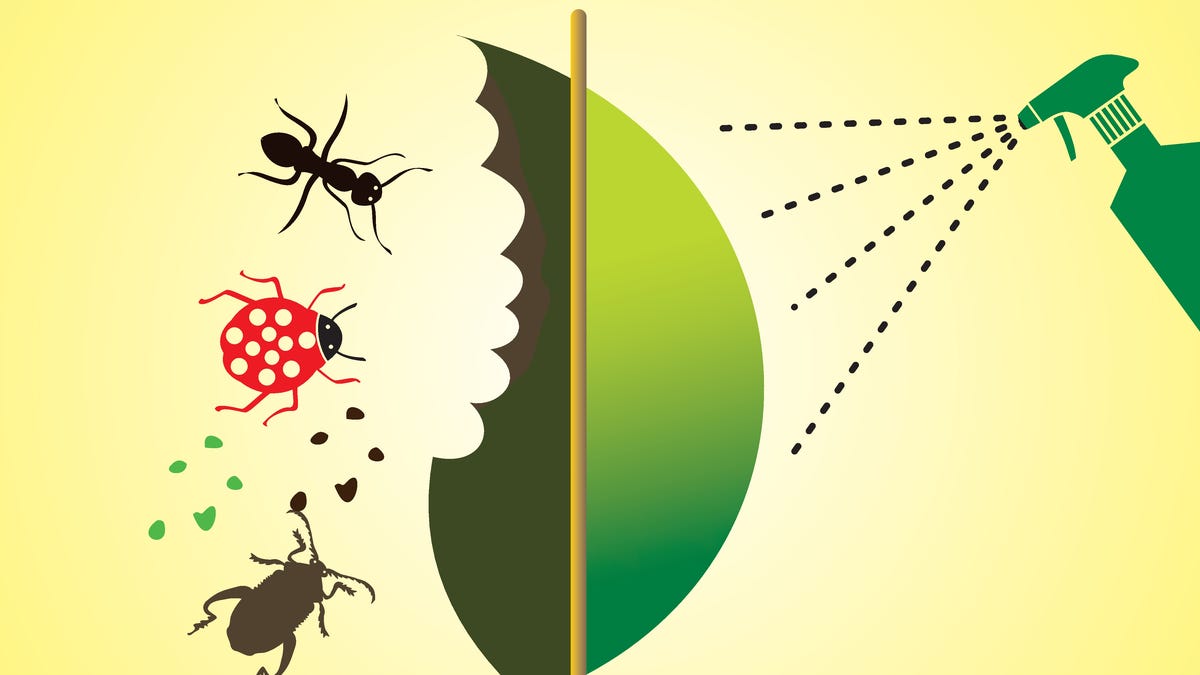As land becomes more urbanized and shrinking lot sizes limit outdoor space, growing a garden may feel like an out-of-reach fantasy to many people.
Urban and suburban dwellers need not despair, however. Just because you donât have a sprawling yard or a huge field doesnât mean you canât raise your own produce. By harnessing the power of container gardening and other small-space strategies, you can successfully cultivate vegetables, fruits, herbs and flowers in unconventional areas.
This type of gardening â some refer to it as micro gardening â is all about maximizing limited spaces. By optimizing small areas through sustainable practices, itâs possible to grow food and flowers on balconies, kitchen counters, patios, porches, small yards and even rooftops.
Many home gardeners face the challenge of decreasing lot sizes. According to the U.S. Census Bureau, the median lot size for American homes decreased by 10,000 square feet between 1992 and 2019. And the National Association of Home Builders reports that the average size of new single-family homes now exceeds 2,300 square feet.
Vegetables can be produced in a hydroponic system that utilizes small spaces.
With remote work becoming more prevalent in recent years, the demand for more residential space is understandable. So is the appeal of less outdoor upkeep. But what is a person living in such a place to do if they crave homegrown tomatoes, herbs or other produce?
The solution is micro gardening techniques that make the most of limited space. There are many options, including container gardening, raised beds, hydroponics and vertical gardening.
Container gardens utilize various items such as recycled plastic containers, buckets, grow bags, wooden boxes, ceramic pots, window boxes, barrels, water troughs and pallets. You can grow almost anything in containers. Just make sure to use a good growing medium to support healthy growth and ensure proper drainage to prevent root rot.
Raised beds are especially popular for vegetable production. A gardening mix formulated for raised beds is essential for vigorous growth. You can fill beds with native soil but be sure to soil test to know your soil makeup, nutrient availability and pH. You may need to supplement with fertilizer or other amendments.

Vertical gardens, or living walls, can be created from scrap materials and utilized to create small herb gardens.
Hydroponics is another path for producing vegetables in small spaces. Growing plants in nutrient-rich water without soil is a practice that dates back to the Aztecs. Systems are easy to set up, with commercial and DIY hydroponic systems readily available.
Vertical gardening uses structures to grow plants vertically and, as a bonus, lends an aesthetic boost to your outdoor space. This trend adds dimension and efficiency that you can use to create garden rooms or to conceal areas.
Vining vegetables are great for vertical growing systems. Some examples include squash, peas, beans, cucumbers, loofahs, gourds and melons. Indeterminate tomatoes can work, too.
Micro gardening is cost-effective and adaptable, allowing gardeners to start small and expand over time. However, it requires frequent watering and additional fertilization, as container-grown plants lack natural nutrient sources. Regular supplementation with compost or organic fertilizers ensures optimal yields.
When it comes to small-space gardening, many types of vegetables thrive in compact areas. Leafy greens like spinach, lettuce, mustard greens, Swiss chard, endive, kale and arugula grow quickly and require minimal space. They can be harvested multiple times in a season. Herbs such as basil, parsley, cilantro, chives, mint, thyme, oregano and rosemary can be grown in small containers or window boxes.
Root vegetables, including radishes, carrots and beets, are perfect for containers or raised beds with deep soil. Compact or dwarf varieties of tomatoes, such as cherry tomatoes or determinate types, do well in containers or small beds. Both sweet and hot peppers also can thrive in containers. Smaller eggplant varieties like Fairy Tale and Little Finger are ideal for containers.
Bush beans are compact plants that produce a good yield without requiring much room. These are great for vertical growing spaces. Cucumbers, especially dwarf or bush varieties, are well-suited for small spaces and can be trained to grow vertically in addition to trailing for hanging baskets.
Snap peas and snow peas can be grown in containers or small beds, and they benefit from vertical supports. Squash varieties including crookneck yellow and zucchini can be grown in containers or raised beds.
Green onions, also known as scallions, can be grown in small containers or beds and harvested as needed. Garlic and shallot bulbs can be planted in containers, raised beds and other small areas.
By selecting these versatile and compact vegetable varieties, you can make the most of your small gardening space and enjoy a bountiful harvest.
Small-space gardening not only addresses the challenge of limited space but also promotes sustainable living. By growing vegetables and other plants in small spaces, gardeners can enjoy fresh produce and beautiful flowers regardless of their lot size. Embrace the versatility of micro gardening to transform any small space into a thriving garden.










